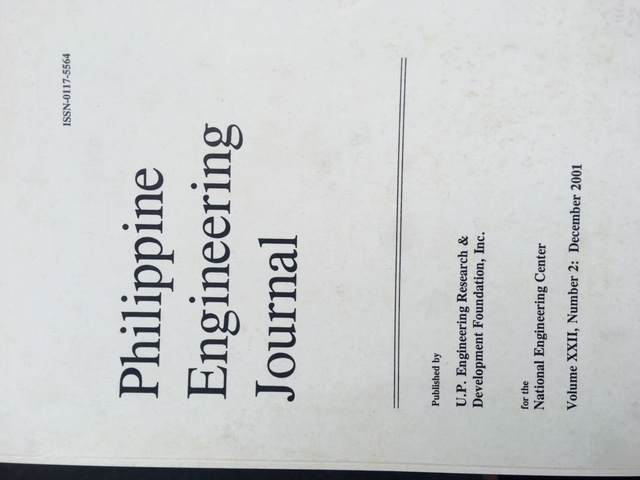Treatment of Dental Amalgam Wastes
Abstract
Extraction and recovery of Hg from dental amalgam waste was done by retorting and gravity separation. It was found out that Hg exists in three phases in the dental amalgam waste slurry. In the first phase Hg existed as a free metal. 557.2 g of free Hg was recovered from the three 300 ml samples of dental amalgam waste. The samples were first drained of water and then filtered using a nylon or linen cloth wherein Hg was easily squeezed out. The filtrate, which is the dental amalgam alloy, was hand-panned to recover remaining free mercury that was not squeezed out of the cloth. After panning, the dental amalgam alloy was air dried to remove excess water and to prepare it for retorting. In the second phase, Hg existed in the dental amalgam waste alloyed in the amalgam. The set amalgam will ideally consist of 50% Hg but it may contain as high as 60% as low as 40% by weight. Overall, 617.7 g of dental amalgam was collected from 900 ml of sample waste. The dental amalgam was retorted, using a ThermExR retort, for 30 min per 200 g of dental amalgam. There was an average of 88.53% recovery. From the expected recovery of 150 g, only 132.8 g were collected from the three trials. This perhaps is an indication that the time of retorting may have been insufficient to ensure 100% recovery. Moreover, the original amalgam alloy’s Hg-alloy ratio could have been lower that the ideal 1:1 ratio. In addition, the manner or method of mixing of Hg with the dental alloy probably did not promote complete mixing during preparations thus failing to provide optimum absorption of Hg. The third phase of Hg in the dental amalgam waste consists of the dispersed Hg in water. Extraction of Hg from this phase will require a separate study.


